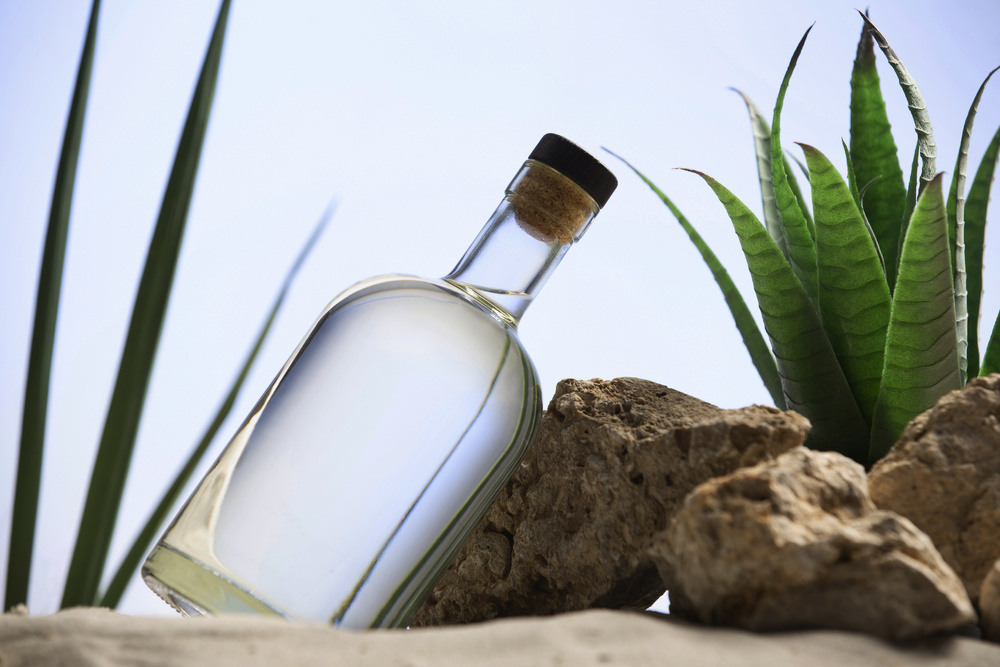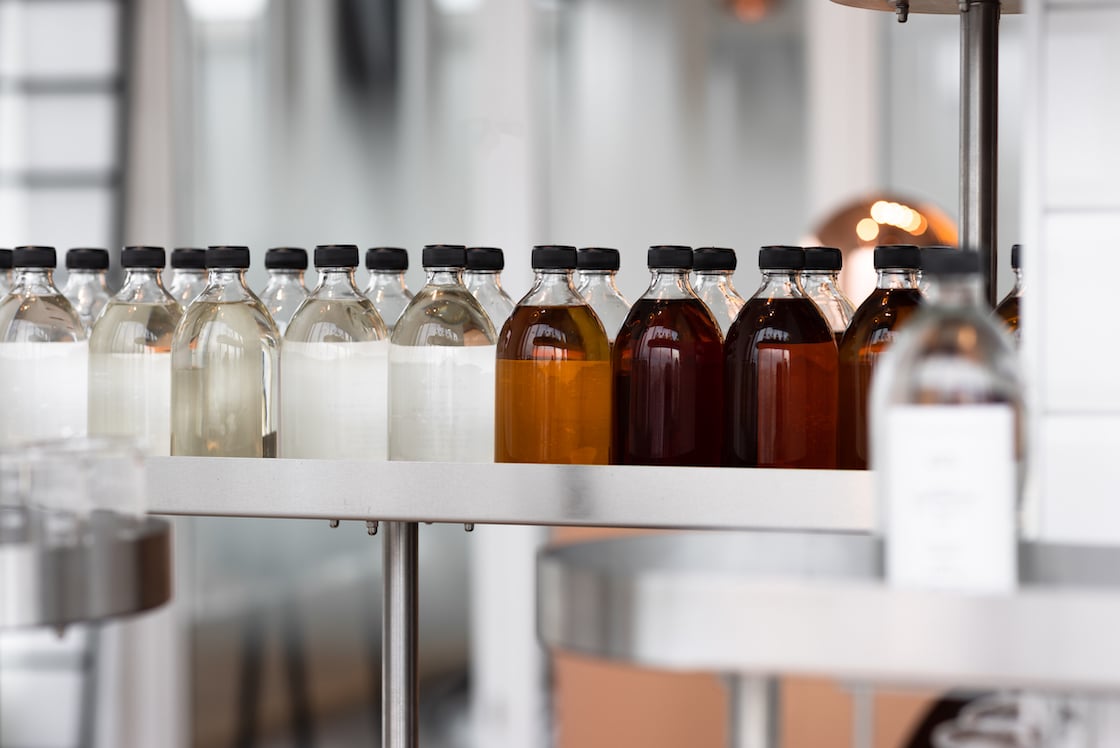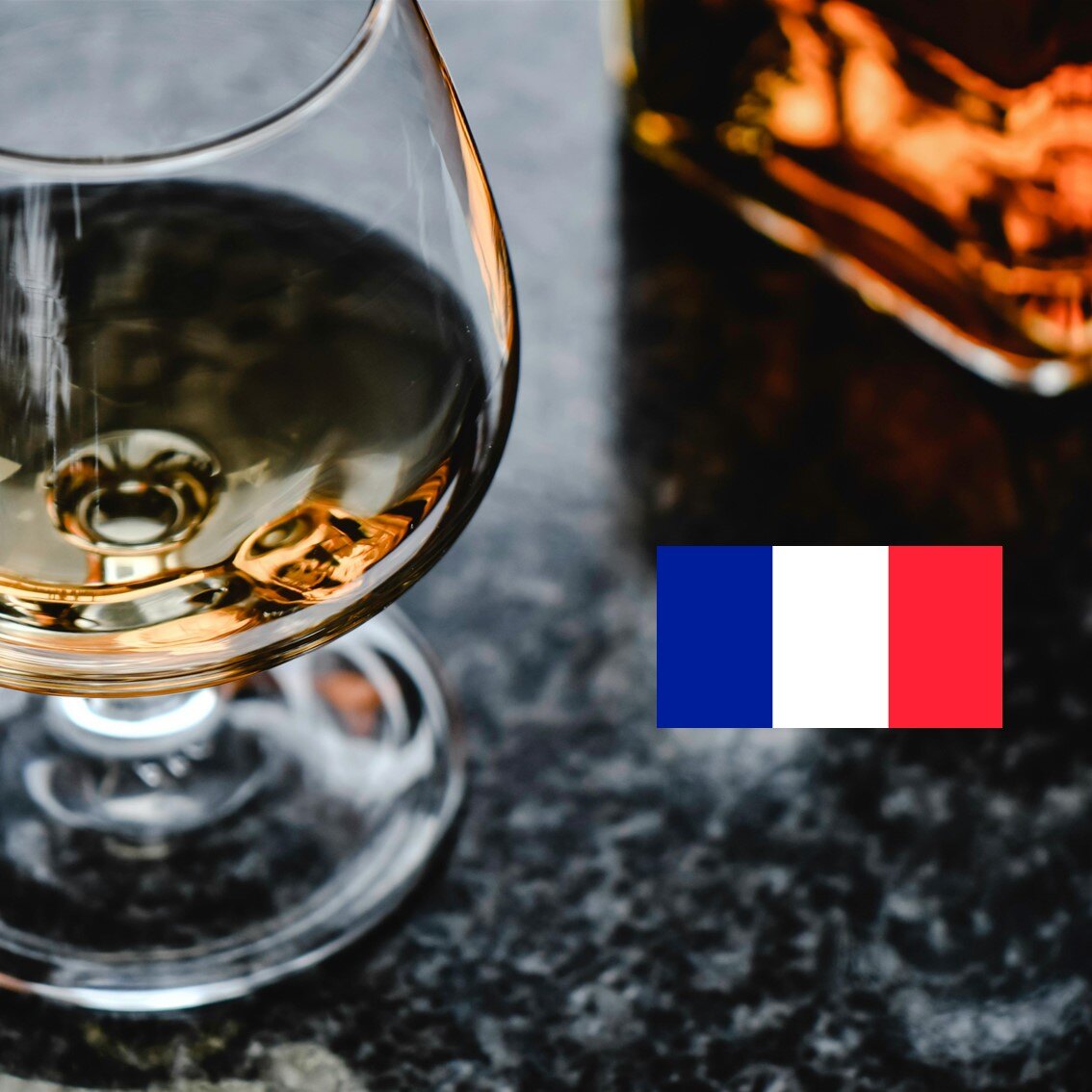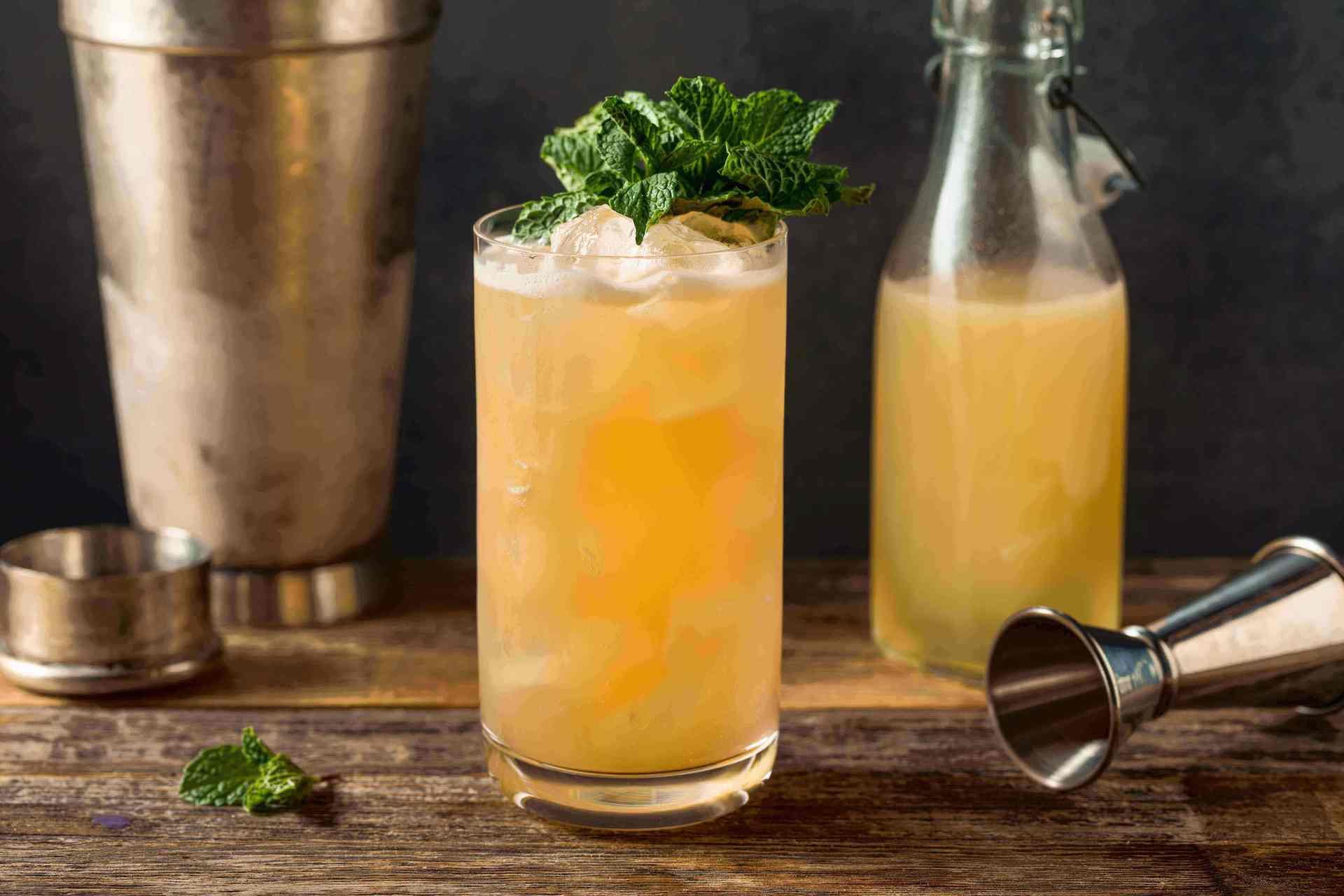All About Caribbean Rum

Rum: liquid Caribbean / Taste the Caribbean / The Caribbean in a glass
Put life on pause for a few seconds. Imagine lounging on a pristine beach. The breeze whispering into the palm trees. That blue crystal sea lazily lapping against the white sand that buries your feet. The offbeat rhythm of reggae floating away from the frond-topped bar. And to complete the picture, you holding a glass of…Rum.
Well, naturally.
After all, think of the Caribbean and you can’t help but think of Rum. Historically, culturally, and socially entwined in the region, Rum is THE local drink. And today, it has become a global phenomenon known for its quality and diversity.
As distillers and blenders push the boundaries of tastes and techniques to create ever more diverse flavours, they are producing some of the most unique and innovative drinks available.
As an independent Rum specialist, E&A Scheer sources, blends and supplies Rum from a variety of Caribbean islands. Creating bespoke blends for the drinking, confectionery, and flavour & fragrance industries, we are proud to be recognised by the Dutch Royal House.
The origins of Caribbean Rum
The story of Rum is rooted in Asia…no, Europe…no, Brazil…depending on who you believe. Rum is certainly mentioned in records from Barbados dating from 1650 or so. Sugar producers discovered that sugarcane molasses could be fermented into a crude form of Rum - and the spirit has been indelibly linked with the Caribbean ever since, holding a huge cultural significance as a symbol of island life .
The British Navy soon got onboard, buying large quantities to keep up the spirits of their sailors. With the rise of global trade routes and modern transport networks, Rum then evolved into a global commodity that commanded a market worth around $14 billion in 2024 – a figure expected to shoot up by over $9 billion by 2029.
How to make Caribbean liquid gold
You probably know that Rum is produced from sugarcane, which can be harvested either manually or mechanically. But what happens after that?
The sugarcane is transported to the distillery for processing. Pressing the sugarcane stalks produces cane juice, which is then crushed and crystallised to leave cane sugar and thick, dark molasses.
Next comes the all-important fermentation, with yeast introduced to the molasses (or cane juice in the case of Rhum Agricole). The wash will then be distilled: impurities and other unwanted compounds are removed from the alcohol to achieve the desired strength and flavour. Distillation methods vary, with column and pot stills being the popular techniques in the Rum making process.
- Pot stills are usually made of copper, which have a wide base tapering up into a thin neck.
- Column stills are tall, vertical columns that allow for constant distillation, with multiple stages ensuring the separation of alcohol from other compounds.
If required, the Rum is then aged, maturing in wooden casks to allow the flavours to develop or simply rested in stainless steel tanks. Finally, Master Blenders (such as E&A Scheer) meticulously combine different Rum types to create the desired flavour profile.

Islands of taste
The home of Rum has a dizzying array of varieties on offer. Each island produces its own distinctive style, with flavour profiles shaped by traditions, regional ingredients, traditional methods and terroir (more of which to follow…).
- Jamaica: While there's no single style, Jamaican Rum is typically perceived as funky and packing a real punch.
- Barbados: According to some, the birthplace of Caribbean Rum is home to the world's oldest Rum distillery. Barbadian Rum tends to be smooth and easy to sip, combining spicy wood notes from the oak casks, the dark sugars of molasses, and a pot-still punch.
- Puerto Rico: Multiple distillations on column stills produce a clean spirit with a light and smooth taste.
- Dominican Republic: Dominican Republic is a former Spanish colony and this heritage influences the local Rums, which tend to be lighter with flavours influenced by the barrel-ageing process.
- Martinique: Martinique Rum, or ‘Rhum Agricole’, is unique. Crafted from sugar cane juice, it is powerful and potent yet, at the same time, known for a fresh and grassy flavour.
- Trinidad & Tobago: Tends to combine pot and column stills in the distillation process produces smooth and balanced Rums that are, at the same time, complex and full of depth and character.
Taste? It’s all about the terroir.
The concept of terroir applies as equally to Caribbean Rum as it does to the world of wine. A terroir represents all the environmental and cultural factors that impart a unique flavour and characteristics to the local sugar cane – and then into the final Rum itself. Think soil composition, climate, topography, and local production practices. Terroir not only varies from island to island, but even between different regions or even individual farms.
Take the soil for example. Sugar cane that grows in the rich volcanic soils of Martinique tend to produce Rums characterised by a certain minerality and freshness. Cane that grows on the coastal plains of Guyana will offer a more robust and earthy experience.

In the face of increasing demand for premium craft Rums, producers are upping their focus on terroir as they seek to market unique and innovative alternatives to discerning consumers. You can read more about terroirs here.
Caribbean Rum: a way of life
Over the centuries, Rum has gained a huge cultural significance and is now embedded into pretty much every aspect of the Caribbean. It has formed an indispensable ingredient in everything from cuisine and medicine, to festivals and rituals, to socialising and celebrating, to…simply taking it easy.
As Rum production grew in importance, the spirit became synonymous with good times. It has been used as a currency. Inspired the lyrics of numerous song titles and lyrics. Combined with mysterious herbs and the rhythmic beating of drums, Rum even helps priests to enter the trance-like state from which they ‘catch the spirit’ in Obeah, Voodoo and Santeria rituals on islands such as Cuba and Haiti.
Modern trends in Caribbean Rum
We’ve already touched on the global demand for premium, artisanal, aged, and eco-friendly spirits . These trends are serving to reshape Caribbean Rum from the ground up, with producers constantly innovating to meet consumer preferences.
Smarter practices to reduce carbon footprints include initiatives such as regenerative farming, renewable energy, recycled glass and packaging, and waste reduction. The move towards artisanal Rum, meanwhile, can be seen in the growth of craft distilleries. Artisanal variants aim to showcase authenticity, quality, and respect for tradition, placing the emphasis on a sophisticated flavour experience.
The local drink. A global impact.
Caribbean Rum has shaped drinking culture all across the globe. The Daiquiri, Mojito, and Pina Colada feature on the lists of every cocktail and hotel bar worthy of the name. Tiki bars from LA to Lisbon transport their guests to island paradises via exotic, Rum-based cocktails. Inspired by the taste of the Caribbean, mixologists continue to push the boundaries of traditional cocktails, creating new spins and fresh takes on cocktail classics. (Four of the top-10 best-selling cocktails are created with Rum according to Bacardi’s 2022 Cocktail Trends Report.) And at the heart of it all, the Caribbean remains at the forefront of change, continuing to push the global narrative.
Here’s to the future
A culture. An economic force. A story that spans centuries – and reaches across the globe. Rum encapsulates the spirit of an entire region. And showcases its diversity. A rich past doesn’t hold it back, but serves to inspire the next chapter, and the next, and the next. Crafted with artistry. Served in myriad ways. Enjoyed worldwide. Caribbean Rums set the gold standard.
Frequently asked questions about Caribbean Rum
Why is the Caribbean so famous for its Rum?
More than a spirit, Caribbean Rum is a story. Generally perceived as the home of Rum, the Caribbean sets the standard for quality, innovation, and diversity. The sheer variety of soil types; the imaginative use of column, pot stills – or both; even the types of yeasts chosen. No other region produces such a dizzying array of flavours. Nowhere else is Rum so embedded into the local way of life.
Where can I source the best Caribbean Rum for my product?
E&A Scheer is a specialist in the sourcing and blending of Caribbean Rums from multiple islands and distilleries.






